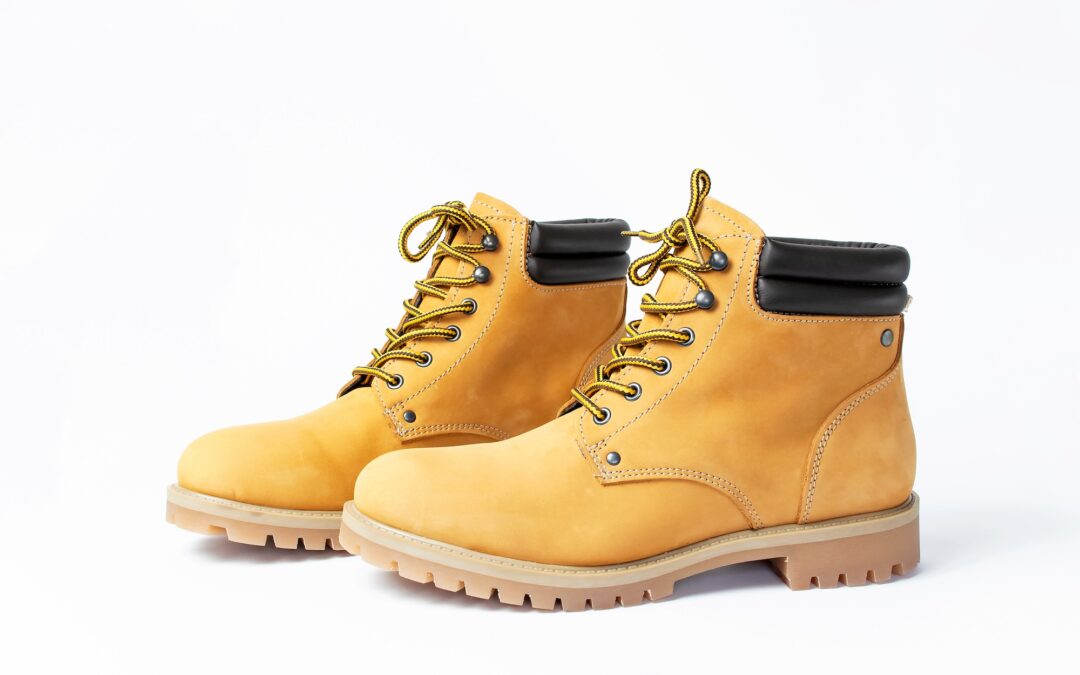Choosing proper footwear to wear while on the job depends on the environment in which you work. You wouldn’t wear flip-flops or 4-inch stiletto heels where there is risk of a heavy object falling on your toes, or leather-soled shoes where you don’t have adequate traction resulting in a slip or a fall. Wearing proper footwear is important to avoid injuries from hazardous situations such as sharp or falling objects, hot pavement, chemical spills, and wet or icy surfaces. Several industries have regulations on the type of protective footwear required while on the job.
Discussion Points:
• Wearing the proper footwear for the job
• Federal regulations and requirements for protective footwear
• Employer’s responsibilities
• The Safety Footwear Program and risk assessment
• Employees responsibilities
Discussion:
OSHA has set federal regulations and requirements for protective footwear and workplace safety in standard 29 CFR 1910.136. Protective footwear should also comply with American National Standards Institute (ANSI) standard Z41-1991, and ASTM International technical standards for safety footwear, meeting performance criteria to provide protection against a variety of workplace hazards, including compression and impact. It is particularly significant for toe protection and slip-resistant boots with steel toes, rubber soles, and deep-treads, since injuries from falling objects and slips and falls are of major concern in many workplaces. Failing to comply with OSHA regulations may involve warnings, penalties, and fines of thousands of dollars.
Employers are not required to provide footwear for employees; however, footwear is included in the Personal Protective Equipment (PPE) required to be worn by workers when performing their job. Employers should ensure that all employees use protective footwear when working in areas where there are potential hazards that could result in injury. The type of footwear to be worn while on the job should be determined by conducting an assessment of the work area. A Safety Footwear Program should involve selecting shoes or boots that will be appropriate for the type of walking and working surfaces and environmental conditions that workers will be exposed to. The risk assessment should be used to examine the working conditions and procedures, and possible hazard controls. OSHA requires employers to document the results of the hazard assessment.
Proper footwear for employees is subject to OSHA compliance and Worker’s Compensation Liability. The cost of proper footwear is minimal when compared with the employee’s medical costs for an injury, lost productivity, or the cost for penalties and fines from not complying with federal regulations. Employees are responsible for wearing the proper footwear while on the job, cleaning and maintaining the footwear, and replacing worn footwear as needed. At the beginning of each day, put on the proper footwear for the tasks which you will be working at for that day, so at the end of the day you can return home injury free.
As always, stay safe out there!


Recent Comments